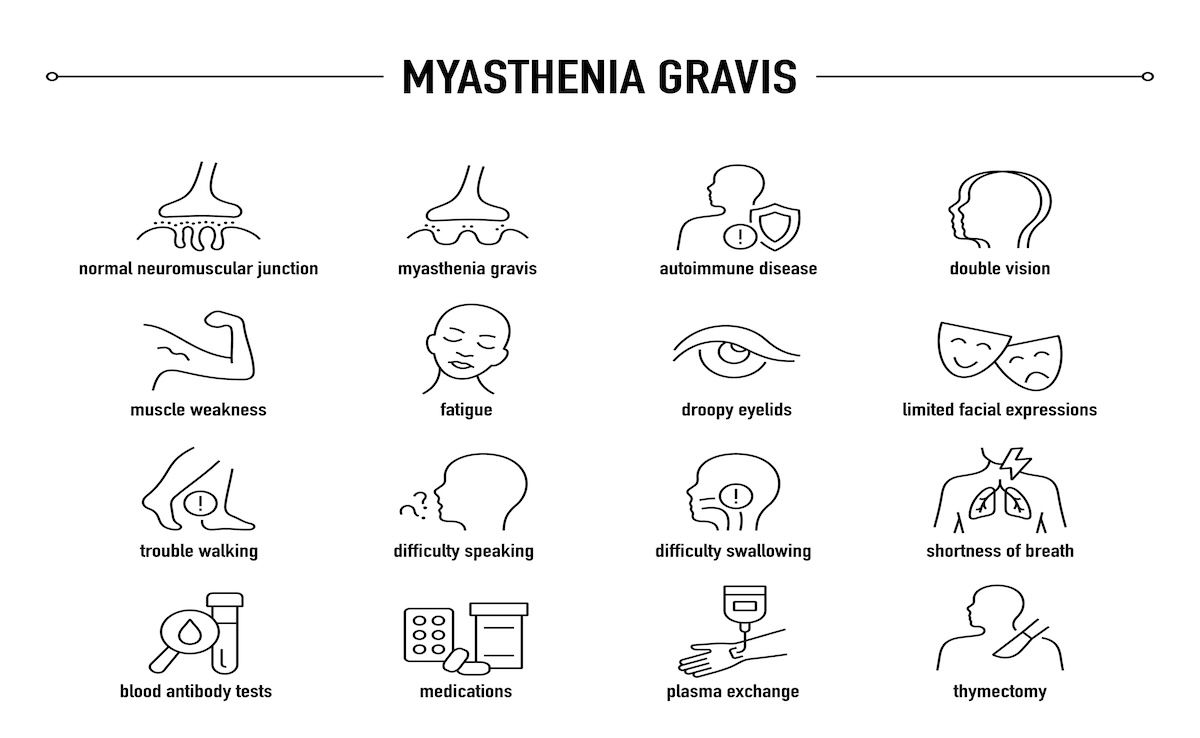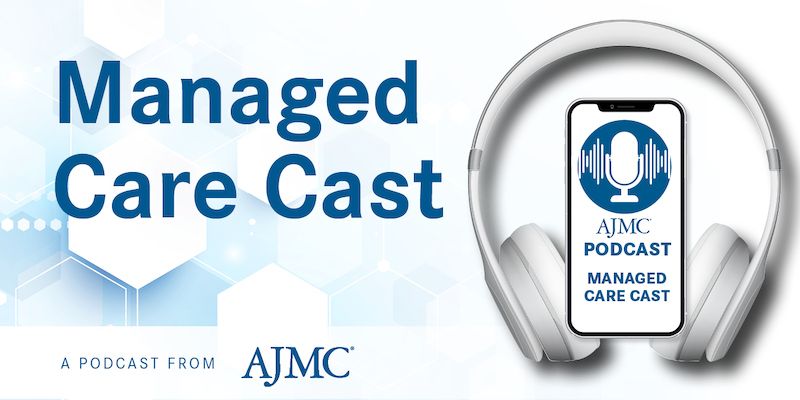News
Article
Heart Failure Home Visit Model Helps Some Women Avoid Readmission: MIGHTy-Heart
Author(s):
Key Takeaways
- The MIH model did not significantly reduce 30-day readmissions or improve overall health status compared to TOCC.
- Women and younger patients benefited more from the MIH model, showing reduced readmissions and improved health status.
Despite showing no overall benefit, an in-home paramedic visit appeared to help women avoid readmissions more than men.
A novel care model providing in-home visits by paramedics for patients with heart failure did not reduce 30-day readmissions or improve health status overall compared with standard follow-up but showed greater benefit in women and younger patients, according to results from the MIGHTy-Heart trial presented at the American College of Cardiology 2025 Annual Scientific Session (ACC.25).1
The study compared Mobile Integrated Health (MIH)—a coordinated model involving nurse care coordination, in-home visits from community paramedics, and telehealth consultations—with a Transitions of Care Coordinator (TOCC) intervention, which consisted of a follow-up phone call 48 to 72 hours after discharge.
Ruth Masterson Creber, PhD, MSc, RN | Image credit: ACC

MIH participants received a home visit from a paramedic who performed medication reconciliation, checked for home safety hazards, reviewed discharge instructions, and helped set up a telehealth consultation with an emergency physician using a tablet and mobile hotspot.2 The nurse care coordinator remained involved in follow-up, serving as a central point of contact for patients and clinicians.
“[The paramedics] are doing a lot more than what you’re going to get with just a follow-up call,” Ruth Masterson Creber, PhD, MSc, RN, professor of nursing at Columbia University School of Nursing and co-lead study author, said in a news release.3
Results of MIGHTy-Heart
The MIGHTy-Heart trial was a pragmatic, randomized controlled trial conducted between January 2021 and October 2024. Eligible participants were adults hospitalized for heart failure, enrolled in Medicare or Medicaid, and discharged home.2 Patients with dementia or who were discharged to hospice or skilled nursing were excluded. The study population was notably diverse—52% female, 47% Black, and 27% Hispanic—with 40% of patients saying they struggle to make ends meet and 72% having a high school education or less.
Among the 2003 patients enrolled across 11 hospitals in New York City, the overall rate of 30-day all-cause readmissions and changes in health status did not differ significantly between the MIH and TOCC arms, as measured by the Kansas City Cardiomyopathy Questionnaire (KCCQ).
However, the trial revealed important subgroup differences. Women assigned to the MIH group were 30% less likely to be readmitted for any cause and 36% less likely to have a heart failure-related readmission compared with men in the same group.
Additionally, patients under age 70 in the MIH group showed more improvement in health status than those in the TOCC group, where younger patients saw less gain on KCCQ scores than older adults. The researchers noted that TOCC was less effective in younger patients, while MIH provided consistent benefit across age groups.
Masterson Creber acknowledged several limitations of the study, including missing patient-reported outcomes at 30 days with a 53% KCCQ response rate, exclusion of patients with advanced heart failure due to ethical concerns around randomization, and the context of COVID-19, which may have influenced recruitment and care patterns. Despite no overall difference in the primary endpoints, the subgroup results suggest the MIH model may be useful for targeted implementation, particularly for populations facing greater barriers to care or who may benefit more from home-based services.3
“The next steps here [are] to really understand what's driving the differential effects by age and sex, to be able to improve the mobile integrated intervention, and then be able to tailor future implementation for patients who are most likely to benefit,” Masterson Creber said at an ACC.25 press conference.2
A Step in the Right Direction
During the discussion, Himabindu Vidula, MD, MS, FACC, chair of the ACC Board of Governors and medical director of mechanical circulatory support at Penn Medicine, added that it was interesting to her how the MIH model used emergency medicine physicians and not heart failure nurses.
“We know that from previous studies in patients with heart failure that when it's a standardized protocol is followed for escalation of medical therapy, that seems to be more beneficial, so it will be interesting to see how many medication changes were actually made,” she said during the press conference. “Overall, I think that this is a step in the right direction.”
Vidula stressed the importance of understanding exactly what occurred during these MIH visits and TOCC calls and that a deeper look into this may “give us a signal towards future studies and how we can take this data and make use of it in clinical practice.”
References
- Masterson Creber R, Daniels B, Reading Turchioe M, et al. Comparative effectiveness of mobile integrated health versus a transitions of care coordinator in patients with heart failure: results from the MIGHTy-Heart trial. Abstract presented at: ACC.25; March 30, 2025; Chicago, IL.
- Biga C, Vidula H, Hall S, et al. Late-breaking clinical trials IV. ACC Press Conference. Presented March 29, 2025.
- Home-based heart failure program: a win for some, but no drop in readmissions. News release. American College of Cardiology. March 30, 2025. Accessed March 30, 2025.

The Importance of Examining and Preventing Atrial Fibrillation




